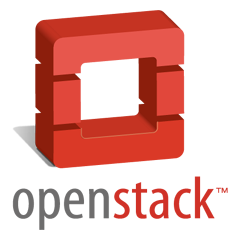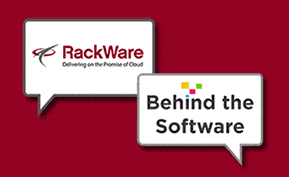Cloud Management
The OpenStack Approach to the Cloud and What it Might Mean for the Future

The OpenStack Design Summit started in San Francisco yesterday, prompting endless discussion on the web regarding what the future of the cloud might be. Founded by Rackspace Hosting and NASA, OpenStack represents the efforts of developers and cloud computing experts all over the world to create an open source cloud computing platform that any business, organization, or even individual can make use of. OpenStack also represents a potential shift in the way that we might envision the cloud in general since an open source cloud would definitely disrupt the monopoly that Amazon, Microsoft, and VMWare have in the space.
Is OpenStack a Look into the Future of the Cloud?
The move towards an open source cloud is definitely appealing for developers and experts in cloud computing since open source software invariably welcomes a passionate community of users who are free to contribute and make a difference in the development of the software. Rather than be locked into a proprietary software model, the promise of open-source suggests greater competition in the cloud space, as well as more collaboration between companies and users.
While some would argue that OpenStack is not quite ready for prime-time Rackspace announced yesterday that it was launching “new cloud capabilities featuring the world’s first large-scale, production ready next generation cloud, powered by OpenStack.” The press release went on to call out cloud providers both public and private (such as Amazon and Microsoft), with CEO Lanham Napier saying, “We’re drawing a line in the sand against [them].”
As a founder, Rackspace is of course in strong support of OpenStack, especially since it represents a disruption to Amazon’s monopoly in the cloud space. In a profile of OpenStack from Wired, OpenStack supporter Sebastian Stadil (CEO of Scalr and founder of the Silicon Valley Cloud Computing group) said, “I think one of the reasons OpenStack is getting so much traction — despite, to be frank, iffy stability — is that it represents the industry’s only hope to survive.”
However, opposition to proven cloud providers like Amazon, Microsoft, and VMWare isn’t necessarily a selling point for companies looking for a stable cloud environment; and too often discussions of OpenStack are plagued by questions of its stability, especially given the news that OpenStack was establishing its own foundation. At the same time, developers in the IT industry are looking for more ways to grow in the cloud, which is why OpenStack started in the first place.
Possible Competition for OpenStack
OpenStack has already spurred some competition from Citrix, which announced a couple weeks ago that it was submitting its CloudStack solution to the Apache Software Foundation. Citrix signed on to OpenStack back when it first started, and is still featured prominently at the top of OpenStack’s companies page; however, Citrix’s General Manager of Cloud Platforms, Sameer Dholakia, was quoted by GigaOM saying that OpenStack just wasn’t developing fast enough for CloudStack, making it too technically immature as a cloud platform. OpenStack’s vacillation over whether to fully support Amazon’s API was also a deciding factor for Citrix. At the same time, OpenStack has been very vocal about wanting to overturn Amazon’s dominance in the cloud space, so it’s no wonder that it wants to maintain its own API.
It’s definitely a complicated and thorny issue, and the debate is only getting started, but the promise of the open source cloud is definitely going to shape the way that cloud providers think about their offerings and how best to survive in this still developing industry. With the OpenStack Design Summit still on-going, and Citrix’s own cloud conference slated to begin next month in San Francisco, no doubt we’re going to see this issue continue to evolve in the coming months.
Want more information on the top cloud hosting solutions? We’ve compiled the top product reviews, blog posts and premium content on our cloud hosting research center page. Here, you’ll find all of the information you need to choose the right cloud solution for your business.





